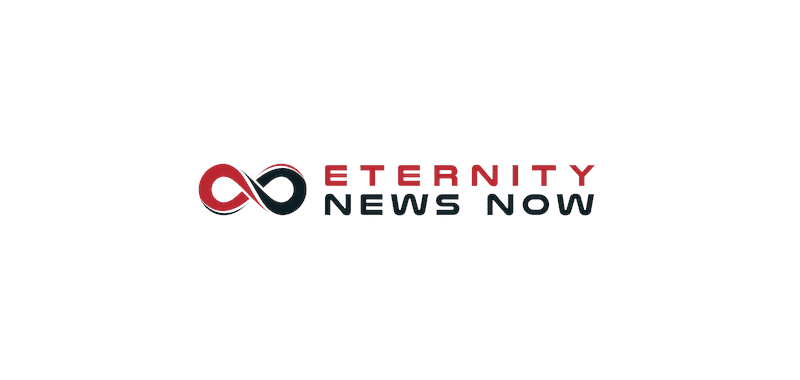Starting January 1, 2025, the Medicare Prescription Payment Plan (MPPP) will give providers a powerful way to address one of the biggest barriers to effective care: cost-related medication nonadherence. With 54 million Medicare beneficiaries eligible, this program has the potential to improve adherence, reduce hospital readmissions, and ensure better health outcomes on a large scale. By helping patients access the program, providers can play a pivotal role in transforming patient care.
The high cost of finance-related nonadherence
Cost-related nonadherence is a widespread challenge among Medicare beneficiaries, particularly those managing chronic conditions like diabetes, heart failure, and hypertension. Nearly one in five prescriptions go unfilled, and half of patients stop taking medications as prescribed within the first year. According to Duke Health, medication nonadherence costs the U.S. health care system up to $300 billion annually, contributes to 125,000 deaths, and drives at least 10 percent of hospitalizations. The MPPP offers a practical solution to help patients stay on track with their prescribed regimens by alleviating financial barriers.
How the MPPP works
On October 15, 2024, the MPPP launched, offering nearly 54 million Americans the option to have their insurer pay their out-of-pocket expenses upfront at the time of service. Members can review and repay the balance over time without interest or fees. The MPPP is a common-sense, bipartisan program that became law as part of the Inflation Reduction Act. The free program aims to alleviate the financial burden of medications, enabling patients to adhere to their prescribed treatment regimens.
Patients must opt in to the program by contacting their Part D plan sponsor through their insurance card, online portal, or mail. Once enrolled, they can fill prescriptions without upfront costs, making it easier to access the medications they need to manage their health. Patients can enroll any time throughout the year, though the earlier they enroll, the bigger the benefit.
The clinical and economic benefits
The MPPP delivers clear advantages for both patients and providers:
Improving medication adherence. Patients who can afford their medications are more likely to adhere to prescribed regimens, reducing preventable complications and hospitalizations. For example, patients with hypertension who stay on their medications are less likely to suffer strokes or heart attacks. Improved adherence means better outcomes for chronic disease management and fewer emergency visits. By addressing patients’ financial barriers, providers strengthen trust and communication, empowering patients to stay engaged in their treatment plans.
Reducing preventable readmissions. Nonadherence is a leading cause of preventable hospital readmissions, especially for conditions like diabetes and heart failure. A Duke Health study linked medication nonadherence to increased readmissions for these conditions, underscoring the importance of consistent adherence in avoiding costly complications. By addressing cost barriers, the MPPP helps patients avoid worsening conditions that require hospitalization. This supports healthier patient populations and helps providers meet performance metrics tied to readmission rates.
Supporting patient well-being. The financial flexibility offered by the MPPP relieves significant stress for many patients, empowering them to focus on their health. Patients who can afford their medications are more likely to feel in control of their treatment plans and experience better mental health, particularly when financial concerns are alleviated. By helping patients access flexible payment solutions, providers create a more supportive environment, helping them achieve physical and emotional well-being.
Driving cost efficiency in health care. An American Journal of Managed Care report estimated that improving medication adherence could save billions annually by preventing adverse events and reducing hospital admissions. By improving adherence, the MPPP reduces the need for costly interventions, such as emergency room visits and hospitalizations, benefiting patients and the broader health care system. As health care evolves, leveraging innovative programs like the MPPP demonstrates how simple interventions can deliver measurable economic and clinical impact.
What providers can do
The MPPP’s success depends on awareness and advocacy, and providers play a pivotal role in ensuring patients take full advantage of this opportunity. Here’s how they can help:
Make awareness part of every visit. Many patients don’t know about the MPPP. Take the time to explain its benefits and how it works, particularly for those managing chronic conditions or struggling with medication costs. Discussing financial options during care visits informs patients and fosters trust in the provider-patient relationship.
Guide patients to opt in. Direct patients to their Part D plan sponsor through their insurance card, website, or mail. Making this process accessible can help more patients enroll.
Incorporate MPPP into treatment plans. Discuss how the MPPP can make medications more affordable, particularly for long-term or high-cost prescriptions.
Making health care more accessible for patients
The Medicare Prescription Payment Plan is more than a payment option—it’s a transformative step toward making health care more accessible and effective. Addressing cost barriers empowers patients to prioritize their health and enables providers to see the full benefits of the treatments they prescribe.
Providers are uniquely positioned to bridge the gap between financial solutions and clinical care, helping patients navigate programs like the MPPP with confidence. By championing this initiative, you can drive better adherence, stronger outcomes, and a more patient-centered health care system.
Brian Whorley is a health care executive.


